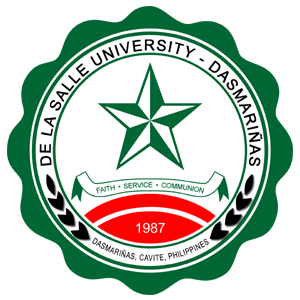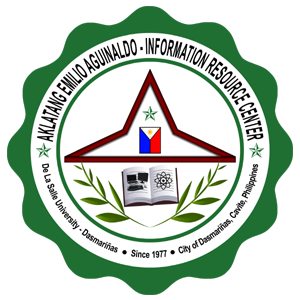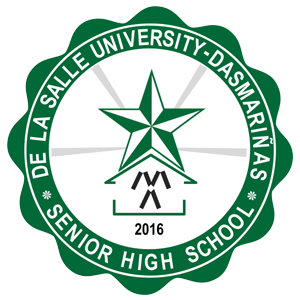Crashes and collapses /
Bohan, Thomas L.
Crashes and collapses / Thomas L. Bohan ; set editor, Suzanne Bell. - New York, NY : Facts on File, c2009. - xxi, 313 p. : ill. 24 cm.
Includes bibliographical references (p. 302-305) and index.
Preface -- Acknowledgments -- Introduction -- 1: History And Guiding Principles Of Forensic Engineering Science -- Archimedes (287-212 BCE): Einstein and Edison in Ancient Greece -- Units systems and dimensions -- Richard B Feynman meets the Challenger commission -- Resolving legal disputes -- Mechanics of modern law -- Modern civil and criminal trials -- Confusion about verdicts -- Eyewitnesses and the harm that they can do -- 2: Accident Reconstruction: Getting Started -- Hit-and-run -- Perception-reaction time -- Placing the hit-and-run vehicle -- Back to basics -- Galileo Galilei (1564-1642): one of Newton's giants -- Dimensions and acceleration -- Velocity -- Mass -- Coefficient of friction -- Measuring the coefficient of friction -- Static versus sliding friction and antilock brake systems -- Summing up -- 3: Accident Reconstruction: Moving Into High Gear -- How to read equations -- Smart car mystery -- Total stations -- Fall formula -- More dimensions -- Applications of the fall formula -- More Newton's laws -- Newton's third law -- Conservation of momentum -- Energy and conservation of energy -- Work -- Revisiting the skid-to-a-stop formula -- Revisiting the smart car case -- Signature marks -- Electric-light filaments and what they record -- Black boxes and what they record -- 4: Speed From Critical-Speed Scuffs -- Inertial force: Linear effects -- Inertial forces: Circular effects -- Centripetal acceleration -- Confirmation of universal gravitation -- Critical-speed-scuff formula -- Applying the critical-speed formula -- Measuring the radius of curvature -- Key assumption revealed -- 5: Murder Poorly Disguised As an Accident -- Fire in the ditch -- Prejudice in forensic investigation -- Investigation -- Murder -- Vehicle acceleration -- Ignition tests -- Forensic reenactments -- Spark plugs and induction -- Second crash test -- Results and conclusions -- Limitations of conclusions -- 6: Subway Stop -- Man on the tracks -- Investigation -- Field of vision -- Conspicuity -- Stopping a train --
It examines forensic cases and investigative methods from forensic engineering, a discipline that includes the physical sciences, such as chemistry and physics, as well as other engineering fields. The engineering sciences dominate forensic investigations of events underlying civil disputes and also play an important role in criminal investigations, especially those in which a crime has been disguised as an accident. Specifically, the book takes an enlightening look at specific crashes and collapses, historical and recent, and presents both facts and theories as to their causes, effects and resolutions.
9780816055135
Forensic engineering.
TA 219 / .B634 2009
Crashes and collapses / Thomas L. Bohan ; set editor, Suzanne Bell. - New York, NY : Facts on File, c2009. - xxi, 313 p. : ill. 24 cm.
Includes bibliographical references (p. 302-305) and index.
Preface -- Acknowledgments -- Introduction -- 1: History And Guiding Principles Of Forensic Engineering Science -- Archimedes (287-212 BCE): Einstein and Edison in Ancient Greece -- Units systems and dimensions -- Richard B Feynman meets the Challenger commission -- Resolving legal disputes -- Mechanics of modern law -- Modern civil and criminal trials -- Confusion about verdicts -- Eyewitnesses and the harm that they can do -- 2: Accident Reconstruction: Getting Started -- Hit-and-run -- Perception-reaction time -- Placing the hit-and-run vehicle -- Back to basics -- Galileo Galilei (1564-1642): one of Newton's giants -- Dimensions and acceleration -- Velocity -- Mass -- Coefficient of friction -- Measuring the coefficient of friction -- Static versus sliding friction and antilock brake systems -- Summing up -- 3: Accident Reconstruction: Moving Into High Gear -- How to read equations -- Smart car mystery -- Total stations -- Fall formula -- More dimensions -- Applications of the fall formula -- More Newton's laws -- Newton's third law -- Conservation of momentum -- Energy and conservation of energy -- Work -- Revisiting the skid-to-a-stop formula -- Revisiting the smart car case -- Signature marks -- Electric-light filaments and what they record -- Black boxes and what they record -- 4: Speed From Critical-Speed Scuffs -- Inertial force: Linear effects -- Inertial forces: Circular effects -- Centripetal acceleration -- Confirmation of universal gravitation -- Critical-speed-scuff formula -- Applying the critical-speed formula -- Measuring the radius of curvature -- Key assumption revealed -- 5: Murder Poorly Disguised As an Accident -- Fire in the ditch -- Prejudice in forensic investigation -- Investigation -- Murder -- Vehicle acceleration -- Ignition tests -- Forensic reenactments -- Spark plugs and induction -- Second crash test -- Results and conclusions -- Limitations of conclusions -- 6: Subway Stop -- Man on the tracks -- Investigation -- Field of vision -- Conspicuity -- Stopping a train --
It examines forensic cases and investigative methods from forensic engineering, a discipline that includes the physical sciences, such as chemistry and physics, as well as other engineering fields. The engineering sciences dominate forensic investigations of events underlying civil disputes and also play an important role in criminal investigations, especially those in which a crime has been disguised as an accident. Specifically, the book takes an enlightening look at specific crashes and collapses, historical and recent, and presents both facts and theories as to their causes, effects and resolutions.
9780816055135
Forensic engineering.
TA 219 / .B634 2009










